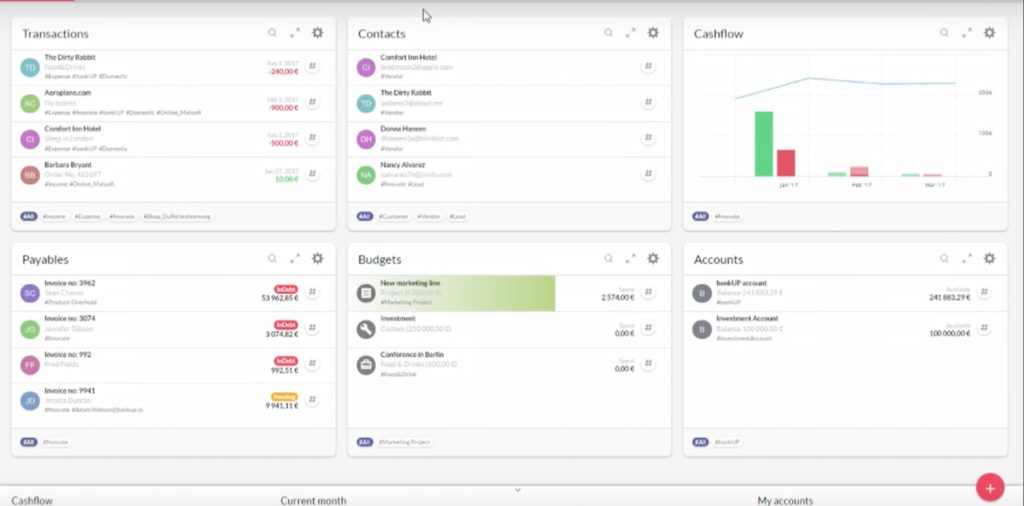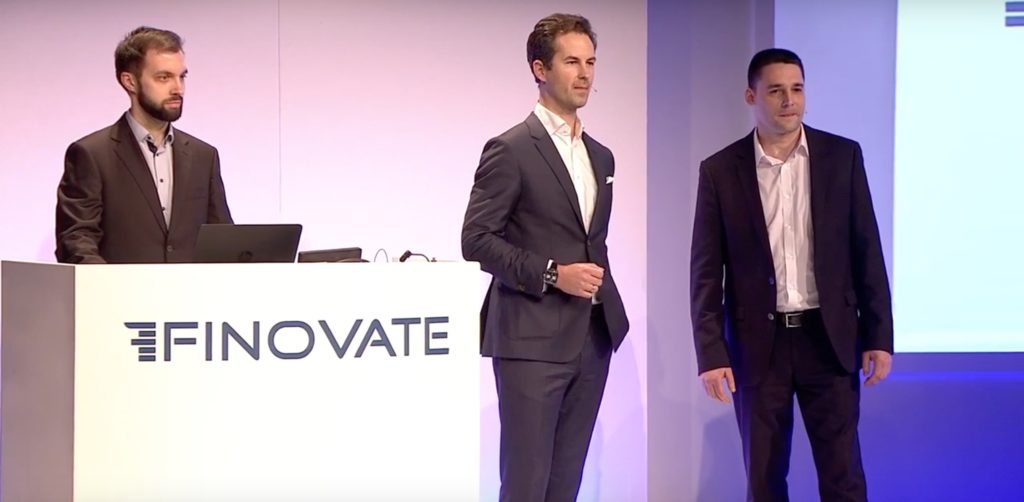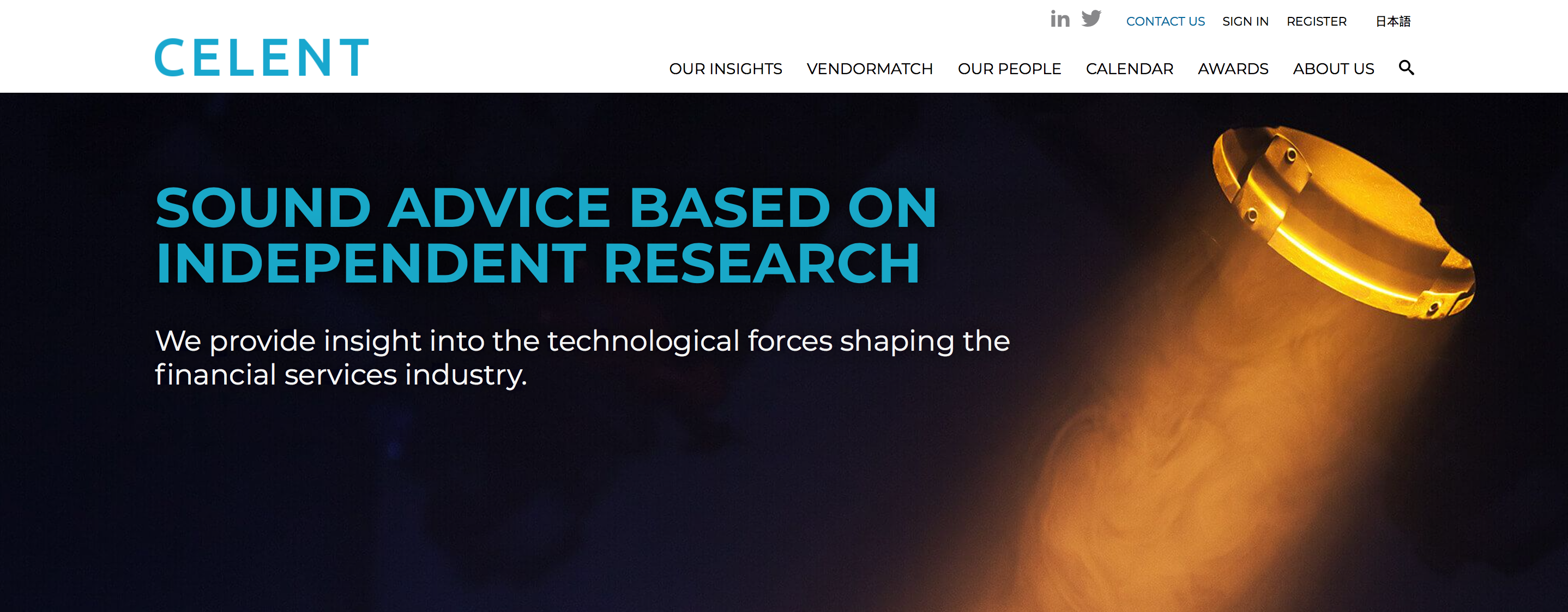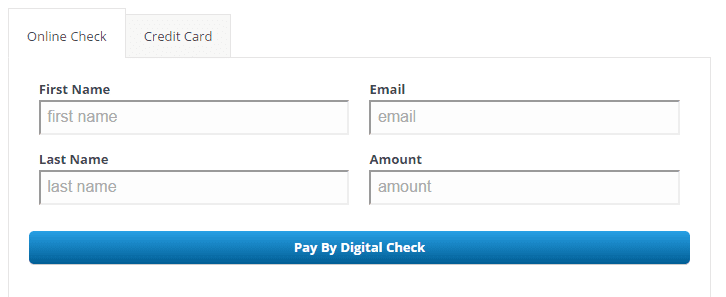
We’re used to things changing fast in the fintech industry, but in the past few months, we’ve seen even more rapid change. That’s the reason behind the latest series on the Finovate podcast: Fintech in Extraordinary Times.
In this series, host Greg Palmer caught up with nine fintech analysts to get their thoughts on what we can expect to happen in fintech now that the economy and our way of life is turned upside down. Check out the series to get a glimpse of who will be the winners and losers, what strategies will prove beneficial, and what the future of customer service will look like.
Ron Shevlin

Shevlin summed up his projection in three words: “I don’t know.” To be fair, he was the first guest in the series and didn’t have the benefit of seeing government stimulus packages, consumer purchasing changes, and infection curve adjustments. Shevlin explained that making guesses about the economy is the wrong move at the moment, and guided firms to instead focus their attention on strategic planning and helping to stabilize customers’ and employees’ lives.
“None of this advice matters,” he emphasized, “if the bank doesn’t first take a customer-centric approach.” Shevlin concluded that when we emerge from the other side of this crisis, banks will better understand the connection between financial health and physical health and will be better poised to deliver digital services.
Alyson Clarke

During her discussion, Clarke focused on the positive. She made the point that the key to surviving recessions is preparing for the upturn. Banks need to balance cost-cutting efforts with productivity and should reengineer their processes around the customer and not the product. Instead of simply cutting costs by laying off employees, Clarke noted, banks need to consider how they can improve their productivity and focus on higher value tasks.
As for what’s next, Clarke believes that the next wave of innovation will center around risk and back office solutions that drive efficiencies. “We’ve already seen sexy front-end innovation and now there is a demand for efficient solutions to drive more scale,” said Clarke. In addition to back office solutions, she noted that the low-touch commerce movement will spur innovation in digital payments. And, she opined, we may even end up with a mobile payments solution that sticks.
Jacob Jegher

Jegher stated that the crisis will prompt fintechs to be more creative, especially since consumer behavioral change has prompted a move into digital opportunities. The new era of the digital economy will ultimately be a test of a bank’s user experience. He explained that if consumers come running back to the bank branch when this is all over instead of learning to embrace mobile, perhaps there is room for improvement in the mobile experience.
In the future, Jegher predicts that changes to the economic environment and lower unemployment numbers will inspire banks to offer solutions that cater to the gig economy. Up to this point, traditional banks have failed to serve this customer segment.
Dan Latimore

Latimore kicked things off with a disclaimer that in the next few weeks as things progress and as new information comes in each day, his views may change radically. Overall, however, he predicts that COVID-19 will accelerate a lot of existing initiatives and consumer behavior patterns. For example, Latimore noted that we can expect to see hockey stick growth in consumers’ digital adoption and in their move away from cash usage.
On the other (perhaps more negative) side of the spectrum, Latimore said that we will likely see an acceleration of the “thinning of the fintech herd.” In other words, many fintechs will close their doors or become acquired by larger players.
Brett King

In his segment, King opened by saying, “This isn’t a fintech bubble that has collapsed, this is the entire world economy that has collapsed.”
In predicting winners and losers, King anticipates that challenger banks will do well. And though a lack of future funding rounds may slow their growth, these non-traditional banks will be able to acquire new customers organically at a faster pace. He added that, conversely, fintechs working in the credit space may not fare as well. “If you’re in the credit business in fintech right now, that’s going to be tough– you’ve got to de-risk,” King said.
As for change that has already occurred in the industry as a result of the coronavirus, King looked to his own company, Moven, as an example. He explained that because the direct-to-consumer version of Moven lost a major round of funding due to concerns around the economic effects of COVID-19, the company had to make some major decisions. Ultimately, Moven closed its direct-to-consumer offering and pivoted to focus all of its efforts on Moven’s enterprise product, which is currently experiencing increased demand because of new digitization requirements.
Adrienne Harris

Harris made that point the fintech has yet to experience a downturn, since much of it was born out of the last financial crisis. That said, many are watching the industry closely to see how it will weather the storm.
She highlighted the hope that fintech tools will help repress some of the negative effects of the economic downturn. Since we have a lot more tools and more data going into the current crisis than we had going into the 2008 financial crisis, perhaps the economic situation won’t be as bad as it would have been in the absence of fintech tools.
Harris predicts that as fintechs are impacted by the economic effects of the crisis, some will fold and others will fall short of meeting customer expectations. Because of this, she noted, we can expect to see more scrutiny from policymakers and regulators.
Louise Beaumont

In her interview, Beaumont made the point that this is a time of forced change, and it’s causing innovators to step up to new challenges. Experian, for example, is offering its Affordability Passport to its customers for free.
As a champion of open banking, Beaumont highlighted that the need for open banking is even greater during this time of crisis. When it comes to lending, she said that leveraging business data using open banking is one of the keys to ensure that the right funding hits the right company at the right time. This will allow all banks to see a business’ entire financial history– even if that company does not do business with the bank that is extending the funding.
Chris Skinner

Skinner explained that large banks are having difficulty with the shifting demands of consumers. He noted that not only have they increased their digital demands, they are also requiring more one-on-one attention in areas such as mortgages. Because of these changes, many banks are receiving 10x their usual call volume but have 10x fewer employees to service the calls. After the pandemic, he concluded, many banks will rush to become purely digital.
Skinner predicts that the fintech industry has another decade until it will fully mature. He explained that once fintech reaches true maturity, it will be built on open banking. Even before this time, however, he anticipates we’ll see banks flock to the open banking model because after the pandemic, banks will be seeking agility. “The ones that are just sitting there like rabbits in the headlights are really going to struggle,” he said.























